This website uses cookies
This website uses cookies to enable it to function properly and to analyse how the website is used. Please click 'Close' to accept and continue using the website.


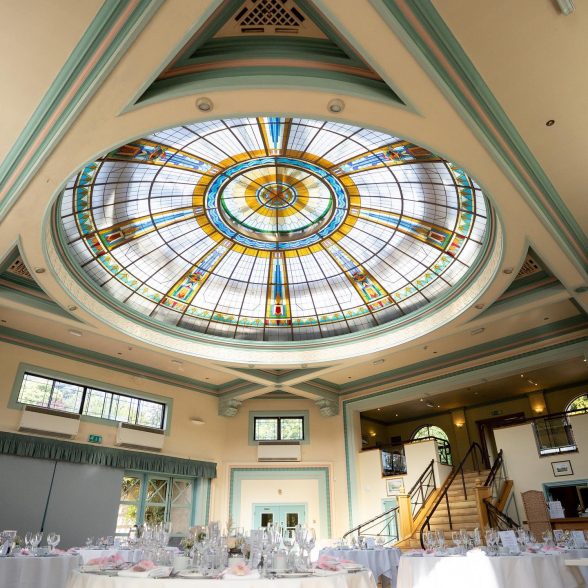
Image: Steph White Photography
Five historic Twentieth Century buildings and structures across the country have just been listed in celebration of Her Majesty the Queen’s Platinum Jubilee.
On the advice of C20 Society and Historic England, Grade II listing has been awarded to the diverse sites by the Department for Digital, Culture, Media and Sport (DCMS) – they include an Art Deco pavilion, a high-tech records office and motorway marker posts. The listings aim to highlight some of the many important places from the Queens reign and to reflect the important social, technical and cultural changes which have taken place over the past 70 years.
Nigel Huddleston, Heritage Minister said: “These historic sites provide a fantastic opportunity to reflect on how much life in the UK has changed during Her Majesty the Queen’s 70-year reign. Listing them as part of the Platinum Jubilee celebrations is a fitting way to pay tribute to the longevity of her service.”
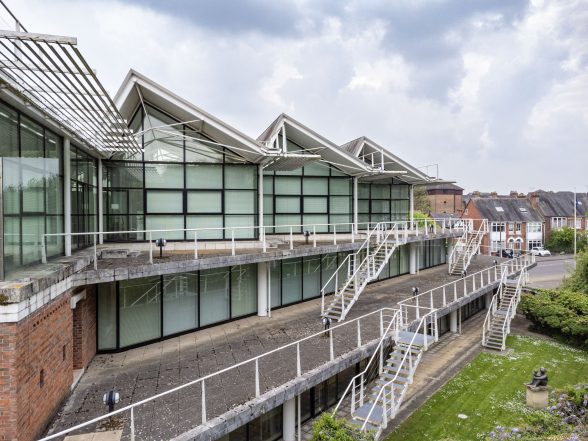
Image: Historic England
Hampshire Archives, Winchester, Hampshire (Grade II)
At around 30 years old, the youngest building to be listed for the Jubilee, made using pioneering archive design techniques.
The handsome archive building of Hampshire Record Office, completed in 1993, was designed by noted architect Sir Colin Stansfield Smith, designer of many large-budget public schemes, in collaboration with the county archivist Rosemary Dunhill. Local brick was used within the walls of its steel and concrete frame serving as a strong reference to the surrounding Winchester Conservation Area and the medieval City Wall remains, which lie just 66m away from the building. Stansfield Smith’s design used newly developed ‘thermal inertia’ building principles that allowed environmental control of archival strong rooms. These principles had yet to be fully adopted into UK archive design. In recognition of its architectural achievements, the archive was awarded a regional RIBA award in 1994.
The archive was formally opened by The Queen on 19 November 1993, during which she unveiled a wall plaque on display in the main entrance. She was accompanied by Prince Philip who commented on how the building resembled a cruise liner.
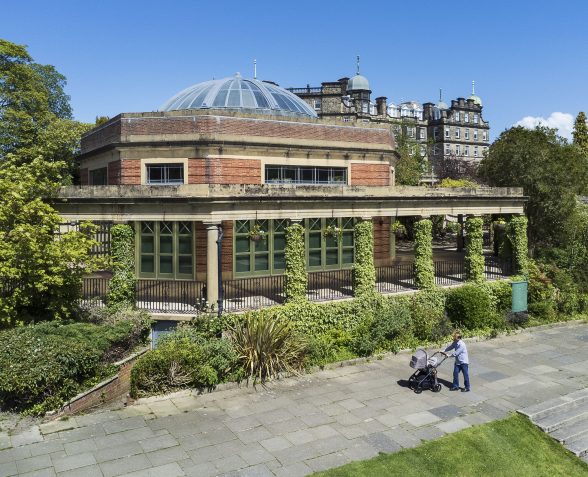
Image: Historic England
Sun Pavilion and Colonnade, Harrogate, North Yorkshire (Grade II)
A 1930s team rooms visited by The Queen following major restoration
The Sun Pavilion and Colonnade were constructed in 1933 to designs by Leonard Clarke, the Borough Surveyor, as part of a £60,000 spa development scheme intended to be one of the finest in Europe. The classical building with Art Deco details was opened by noted medic Lord Horder of Ashford and the opening ceremony was captured on film by British Pathé. The Pavilion was designed as a place to take refreshment and rest after taking exercise or after taking the spa waters in the town centre. After a period of decline in the 1980s, the site was restored following a campaign led by a passionate local citizen Anne Smith and supported by celebrities including author James Herriot. In 1998, the Sun Pavilion was officially re-opened by Queen Elizabeth II, and in 2018 celebrations were held to mark the 20th anniversary of Her Majesty’s visit.

Image: Historic England
All Saints’ Church, Shard End, Birmingham (Grade II)
The first church to be built in Birmingham after the Second World War and one of the first to be consecrated during Her Majesty’s reign.
All Saints’ was the first church built in Birmingham after the Second World War. It is a striking design, elegant in its simplicity, named after the All Saints’ Church in Cooksey Road, Small Heath, which was completely destroyed by German bombs. It was moved from this location to Shard End due to a population migration out of the inner city and funded through money provided by the War Damage Commission. Following its construction between 1954 and 1955, it was consecrated on All Saints Day, 1 November 1955. Two days later, it was visited by Her Majesty the Queen and the Duke of Edinburgh during a royal tour of Birmingham. The Queen is reported to have expressed her pleasure at the first achievement of the Diocesan Building Programme for the new estates.
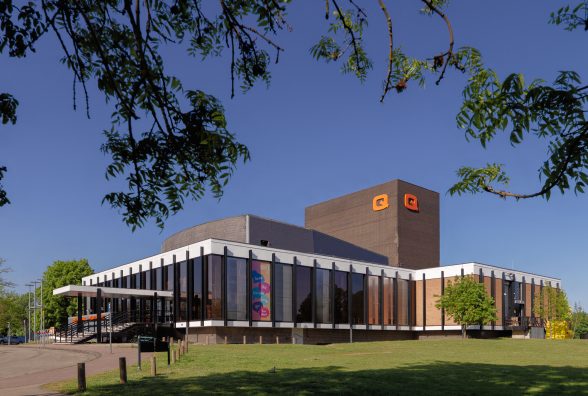
Image: Historic England
Queen’s Theatre, Hornchurch, Greater London (Grade II)
Quintessential 1970s modernist theatre, named after the Queen
The Queen’s Theatre was opened in 1975 by Sir Peter Hall, Director of the National Theatre. It replaced a theatre which had opened in a converted cinema building on the site in 1953, which deteriorated in the following years so needed replacement. The current theatre is a distinctive and well-designed example of 1970s theatre design and remains relatively intact. The external features are clearly influenced by the work of renowned German architect Ludwig Mies van der Rohe. The Queen visited with the Duke of Edinburgh in 2003 to commemorate the 50th anniversary of the founding of the theatre on its original site, which also coincided with the 50th anniversary of Her Majesty’s coronation, the reason for its naming as Queen’s Theatre. The visit is commemorated with a plaque still held by the Theatre.
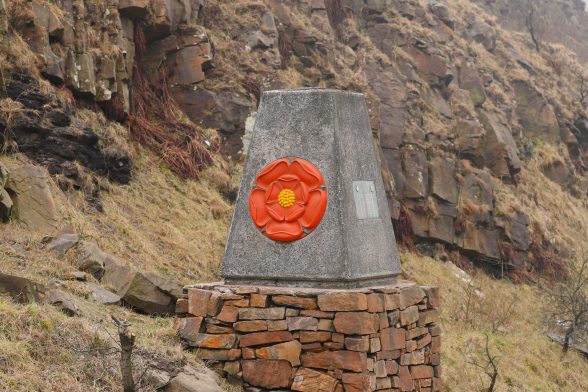
Image: Historic England
M62 motorway Yorkshire/Lancashire commemorative markers (Grade II)
Markers celebrating this major motorway’s opening by the Queen in 1971
Construction on the M62 ended in 1970 with the completion of the final stretch through the Pennines. The new motorway opened to traffic in 1971 and became the country’s highest motorway, reaching a summit of 372m across the Lancashire-Yorkshire border. It was officially opened by Queen Elizabeth, and two plaques on pyramidal marker stones were constructed in commemoration of the achievement, one on each side of the M62, which runs through the two counties. In place of county names, the markers instead display the historic symbols of the Red Rose of the House of Lancaster and the White Rose of the House of York; as well as highly recognised emblems of the two historic counties, the rose motifs are a reminder of the historic rivalry between the two, and the later bringing together of the flowers by the house of Tudor. The markers further reference the motorway’s surroundings through the use of local Pennine aggregate and stone in their construction.

Become a C20 member today and help save our modern design heritage.